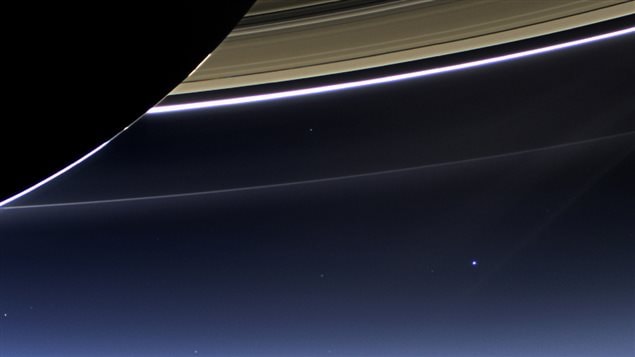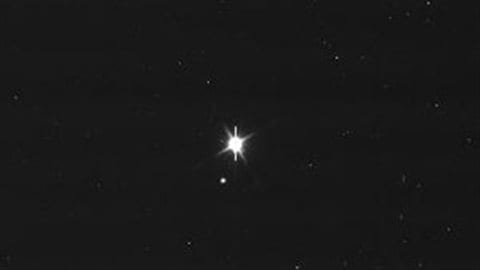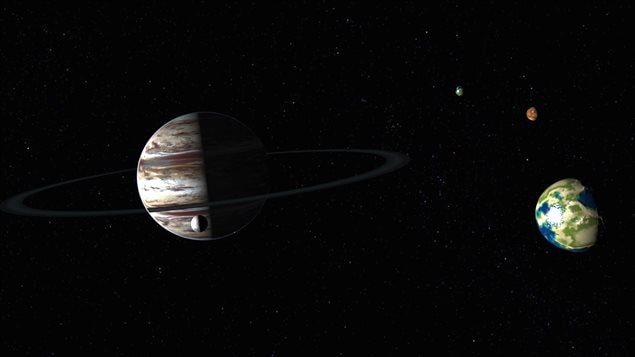Looking for life in all the wrong places.

For decades, if not centuries, man has been looking at the heavens wondering about life on other planets.
ListenIn recent years many scientists have been searching planets well beyond our solar system, thousands and millions of light years away. These are exoplanets, planets not in our own solar system but in others outside it. The search has almost exclusively focussed on these extremely distant planets seeks to find conditions that might be similar to earth and so support life as we know it.
But many planets outside the solar system are even more massive than Jupiter, and while they orbit their Sun-like stars at a distance similar to Earth and it’s sun. many of these faraway super-Jupiters are effectively giant gas balls that cannot support life because they lack solid surfaces

Post-doctoral fellow Rene Heller working with Professor Ralph Pudritz, director of the Origins Institute at McMaster University, think another track might be better. Heller says we might be looking for life in the wrong place. Heller says the right conditions for life might instead exist on the moons of the large distant planets, many of the moons being of the approximate size of earth.

Rene Heller (PhD) is an astrophysicist at the Origins Institute, Dept of Physics and Astronomy, McMaster University, Hamilton, Ontario







For reasons beyond our control, and for an undetermined period of time, our comment section is now closed. However, our social networks remain open to your contributions.